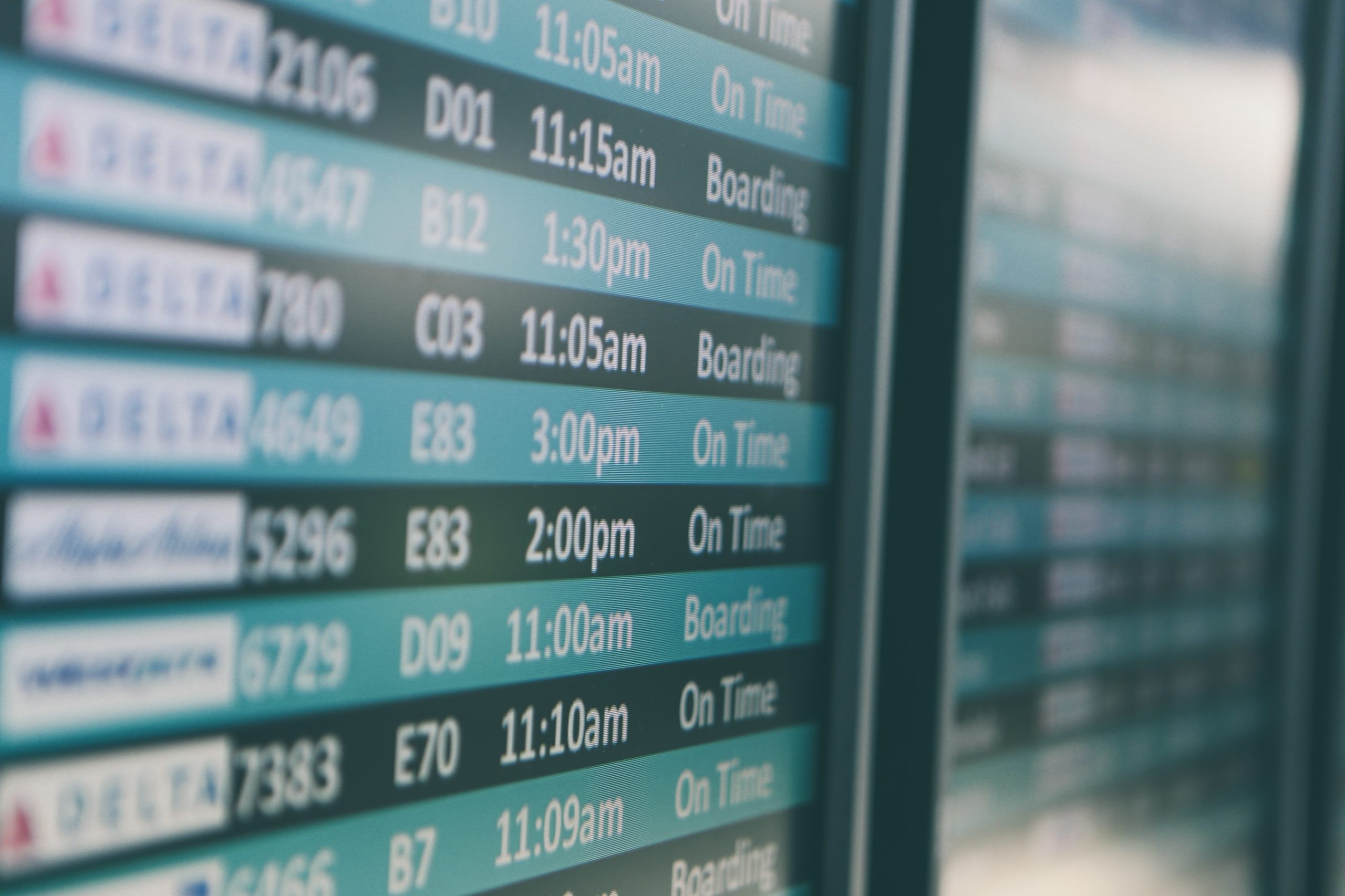Many people believe that on-demand services are not able to be on time. To overcome this image, Padam Mobility works to better communicate and optimise the estimated travel times for its on-demand and paratransit services.
Communication of travel times: significant impact on users of on-demand and paratransit services
Users of on-demand and paratransit services expect that the pick-up times they are offered will be guaranteed. This is understandable, of course, because no one wants to be late for medical appointments, miss connecting trains, arrive late for work or school, and so on. The desire for a reliable transport service increases the rarer public transport journeys become available or the more remote an area is. If on-demand transport services are implemented appropriately, it is mainly feeder lines¹ or “diverging” lines² that can provide punctual intermodal connections with the main transport lines of an area.
Communication of travel times: a great importance for the quality of services
Better information enables better communication between drivers and users, ensuring satisfaction for all stakeholders in on-demand and paratransit services.
Regardless of the type of configuration, the user must be able to access clear and transparent information at any time, informing him of possible disruptions to the service. Real-time information, delivered by notification via the user app or by email, is therefore crucial.
In addition, drivers also need accurate information about how long it will take them to get from A to B, how traffic conditions will affect them and to estimate whether there may be delays. This type of information allows them to have better control over their journey times.
Optimising travel times: cartographic layers for initial assessments of traffic conditions
When establishing an on-demand or paratransit service, considerations are made to best address the regional conditions of an area. First, a travel time estimate is created using several cartographic layers, one of which was specifically developed by the Padam Mobility teams.
These different layers provide information on traffic conditions, particularly in real-time, i.e. at the time a journey is made. They analyse different impacts on the routes followed by the vehicles and store the information generated as additional factors that affect the travel time of the following trips.
Optimising travel times: Effects of passenger pooling
The benefit of on-demand or paratransit services is that passengers are pooled in the same vehicle. This may require the vehicle to take detours in order to pool as many passengers as possible who are sharing part of their journey.
While the cartographic layers provide information about traffic conditions that allow for an estimate of travel time, these estimates are further refined by the consideration of diversion rates. These rates correspond to the number of detours a passenger may take. They are calculated for each reservation based on the direct travel time between the point of departure and arrival by applying a multiplication factor to this direct route. The diversion rates are then adjusted according to the specificities of the area and the requirements of the respective mobility authorities.
The estimation of diversion times allows users to have an accurate idea of their ride (duration, arrival time, possible delay, etc.) and organise themselves accordingly. Cartographic layers, pooling of bookings and diversion rates continuously provide Padam Mobility’s teams with information that allows them to develop tools that meet users’ needs and guarantee them the best experience. An internal study by Padam Mobility has even shown that diversion rates have a positive impact on perceived punctuality.
Learn more about Padam Mobility
This article might interest you: Without the guarantee of advanced booking, no efficient route optimisation
¹The “Feeder” line configuration allows users to be picked up at one or more specific stops and dropped off at one or more points that need to be served at specific times, so that several consecutive points of interest can be served.
²The line configuration “divergent” enables the establishment of an on-demand service for which no prior reservation is required. Users specify their stop request directly to the driver when they board the bus. The driver then selects the stop that the user wants to go to.






